Zikai Yin
ENTIRE: Learning-based Volume Rendering Time Prediction
Jan 21, 2025



Abstract:We present ENTIRE, a novel approach for volume rendering time prediction. Time-dependent volume data from simulations or experiments typically comprise complex deforming structures across hundreds or thousands of time steps, which in addition to the camera configuration has a significant impact on rendering performance. We first extract a feature vector from a volume that captures its structure that is relevant for rendering time performance. Then we combine this feature vector with further relevant parameters (e.g. camera setup), and with this perform the final prediction. Our experiments conducted on various datasets demonstrate that our model is capable of efficiently achieving high prediction accuracy with fast response rates. We showcase ENTIRE's capability of enabling dynamic parameter adaptation for stable frame rates and load balancing in two case studies.
DynLLM: When Large Language Models Meet Dynamic Graph Recommendation
May 13, 2024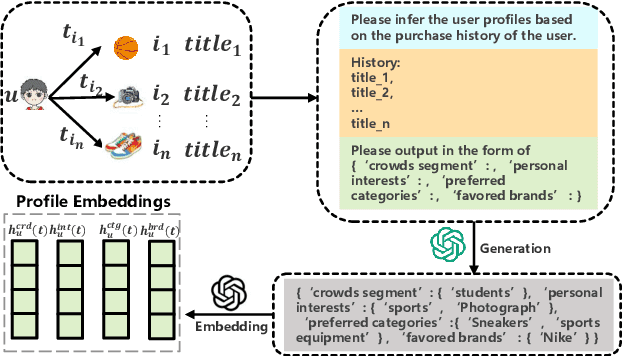
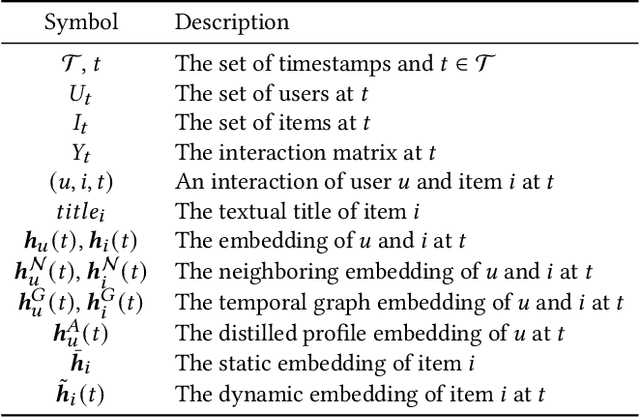
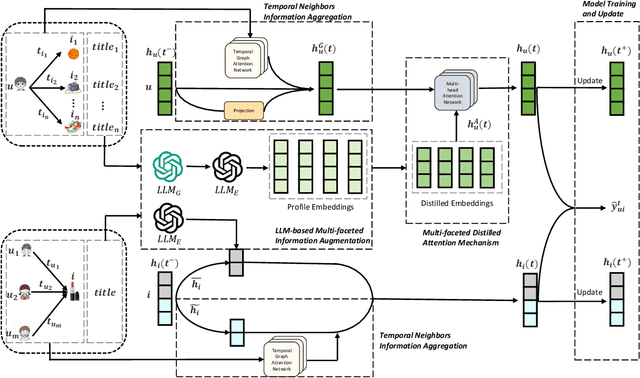
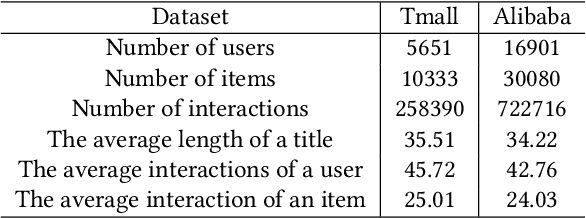
Abstract:Last year has witnessed the considerable interest of Large Language Models (LLMs) for their potential applications in recommender systems, which may mitigate the persistent issue of data sparsity. Though large efforts have been made for user-item graph augmentation with better graph-based recommendation performance, they may fail to deal with the dynamic graph recommendation task, which involves both structural and temporal graph dynamics with inherent complexity in processing time-evolving data. To bridge this gap, in this paper, we propose a novel framework, called DynLLM, to deal with the dynamic graph recommendation task with LLMs. Specifically, DynLLM harnesses the power of LLMs to generate multi-faceted user profiles based on the rich textual features of historical purchase records, including crowd segments, personal interests, preferred categories, and favored brands, which in turn supplement and enrich the underlying relationships between users and items. Along this line, to fuse the multi-faceted profiles with temporal graph embedding, we engage LLMs to derive corresponding profile embeddings, and further employ a distilled attention mechanism to refine the LLM-generated profile embeddings for alleviating noisy signals, while also assessing and adjusting the relevance of each distilled facet embedding for seamless integration with temporal graph embedding from continuous time dynamic graphs (CTDGs). Extensive experiments on two real e-commerce datasets have validated the superior improvements of DynLLM over a wide range of state-of-the-art baseline methods.
Machine Learning-enhanced Realistic Framework for Real-time Seismic Monitoring -- The Winning Solution of the 2017 International Aftershock Detection Contest
Nov 21, 2019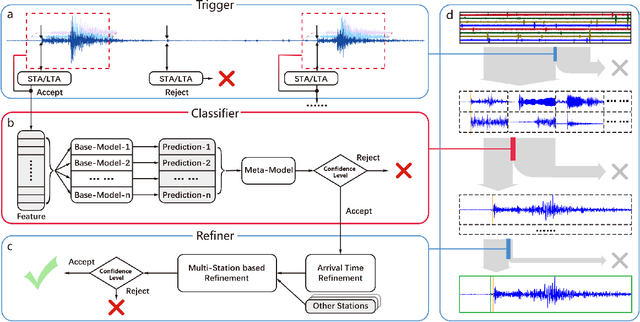
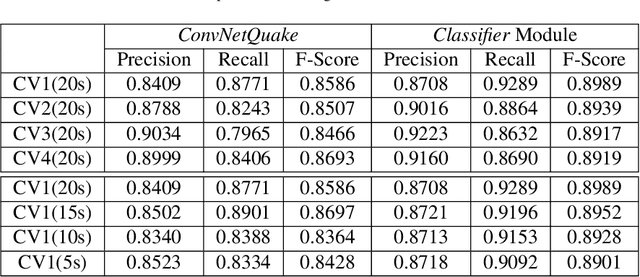
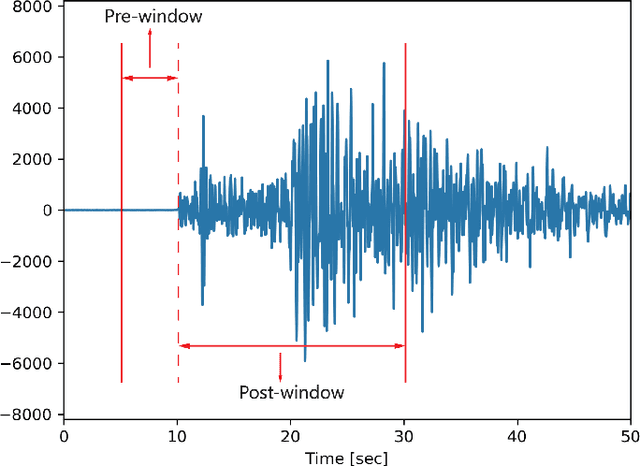
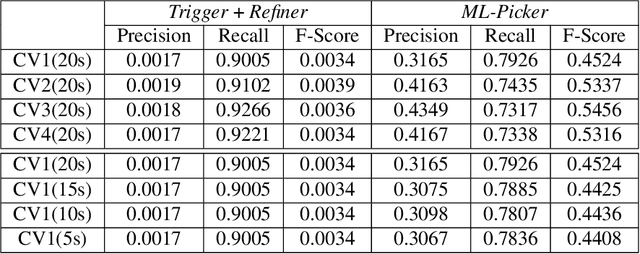
Abstract:Identifying the arrival times of seismic P-phases plays a significant role in real-time seismic monitoring, which provides critical guidance for emergency response activities. While considerable research has been conducted on this topic, efficiently capturing the arrival times of seismic P-phases hidden within intensively distributed and noisy seismic waves, such as those generated by the aftershocks of destructive earthquakes, remains a real challenge since existing methods rely on laborious expert supervision. To this end, in this paper, we present a machine learning-enhanced framework, ML-Picker, for the automatic identification of seismic P-phase arrivals on continuous and massive waveforms. More specifically, ML-Picker consists of three modules, namely, Trigger, Classifier, and Refiner, and an ensemble learning strategy is exploited to integrate several machine learning classifiers. An evaluation of the aftershocks following the $M8.0$ Wenchuan earthquake demonstrates that ML-Picker can not only achieve the best identification performance but also identify 120% more seismic P-phase arrivals as complementary data. Meanwhile, experimental results also reveal both the applicability of different machine learning models for waveforms collected from different seismic stations and the regularities of seismic P-phase arrivals that might be neglected during manual inspection. These findings clearly validate the effectiveness, efficiency, flexibility and stability of ML-Picker. In particular, with the preliminary version of ML-Picker, we won the championship in the First Season and were the runner-up in the Finals of the 2017 International Aftershock Detection Contest hosted by the China Earthquake Administration, in which 1,143 teams participated from around the world.
 Add to Chrome
Add to Chrome Add to Firefox
Add to Firefox Add to Edge
Add to Edge